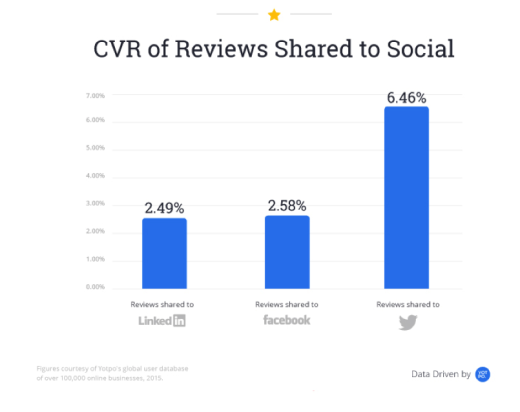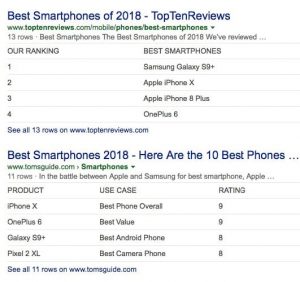
The world of eCommerce has evolved dramatically over the last 8 years because of the way small businesses are being able to effectively market to their target audience online in the same way as their big brand competitors have been.
A small business no longer needs to rely on SEO and offline marketing channels to sell their products/services thanks to social media.
As you may know by now, I love sharing reports and this is no different. Yotpo released an eCommerce benchmark report where data was pulled from 65 million orders and 2 billion transactions across 120,000 eCommerce stores.
The data compiled covers everything from traffic quality and quantity, mobile vs. non-mobile traffic, value of customer loyalty and impact of reviews.
Traffic Quality and Quantity
It is no secret that, as I said above, small businesses are taking advantage of social channels however, direct, search and referral traffic still beat social traffic in percentage with 40%, 34% and 10% respectively.

This however does not deny the fact that social traffic is quality traffic. Instagram is the leading traffic source for an average time on site (beating email, direct and referral traffic)
Mobile vs. Non-Mobile
Non-mobile traffic still trumps mobile traffic however, the gap between the two is closing year on year. Mobile accounts for 38% of traffic which is still close to half of non-mobile traffic however, it is still critical for businesses to optimise their website responsively as that 38% of potential sales, may be the make or break of an online business.
How Much is Customer Loyalty Worth?
As we know, customer retention is extremely important as returning customers are more likely to spend with you more than once, because trust has been built. Data shows that customer retention does pay off. Repeating shoppers spent over £250 million during 2014 out of a total £950 million. This accounts for 33% of overall spend from a returning customer.
15% of all customers are repeat shoppers which doesn’t sound like much, but they do account for one-third of the total spend, this study reports. The study also showed that returning customers spend 2.92x more than a one-time buyer.
The Power of Reviews and Ratings
It won’t be surprising to hear that reviews and good ratings help conversion rates. Businesses who use social media to share their communities reviews on their products/services do get a better conversion rate. LinkedIn, Twitter and Facebook conversion rates are much higher than the average industry standard of 2% when reviews are shared. Twitter is the leader at a 6% conversion rate.
From this data it is easy to say that mobile and social media have, and will continue to change eCommerce. Reviews on your products/services are extremely important and do impact a buyer’s purchasing decision.
Whilst this study is based on just 120,000 online businesses, if it’s working for them… It will work for you too.
Digital & Social Articles on Business 2 Community(131)
Report Post










